Whether you’re powering through the miles on your favourite bike or sat in the office at work, there’s no doubt that what we eat can really affect how well we perform.
In this article, we’ll take a look at how food can affect your cycling performance, what foods to consider for a good ride, and what you’ll want to avoid.
Before and in between cycling
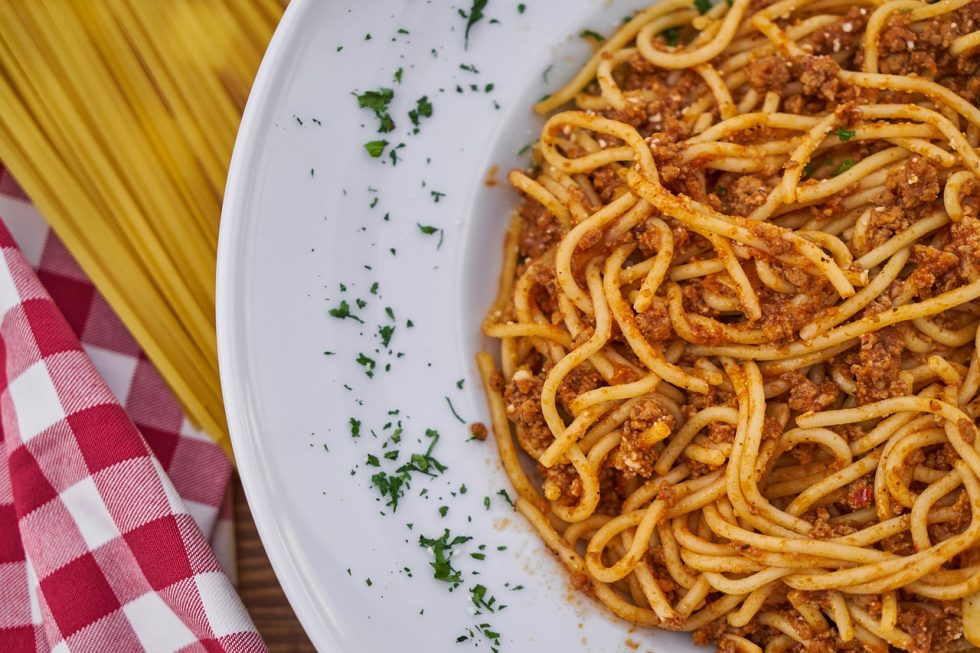
If you’re about to set out on a particularly long ride, giving your body the fuel it needs to complete it is essential.
As you might already know, the best food for fuel and exercise is carbohydrates, but the body is only able to store small amounts of it, which is why it’s important to keep it topped up before a ride.
It’s suggested that recreational riders eat between 5-8g of carbohydrates per kilogram of body weight if they are training at a reasonably high intensity during a given day.
So for instance, if you intend to go for a nice three-hour ride on a Sunday, ensure that you eat a meal high in carbohydrates on Saturday evening, as well as one for breakfast in the morning.
By doing so, you’ll ensure that the glycogen levels in your muscles are topped up ready for the ride.
If you’re heading out early on a morning, try and allow a space of around 2-4 hours following breakfast, and around 30 minutes if you decide on a snack.
Everyone has their own comfort levels, but stick to a digestion period around these times and it’s unlikely you’ll go wrong.
Good foods for an early morning ride with a digestion period include:
- Muesli
- Porridge oats
- Bananas (or smoothie)
- Omelette with brown bread toast
If you need to shoot off a little earlier, foods to consider include:
- Breakfast muffins
- Cereal bars
- Fruity teacakes
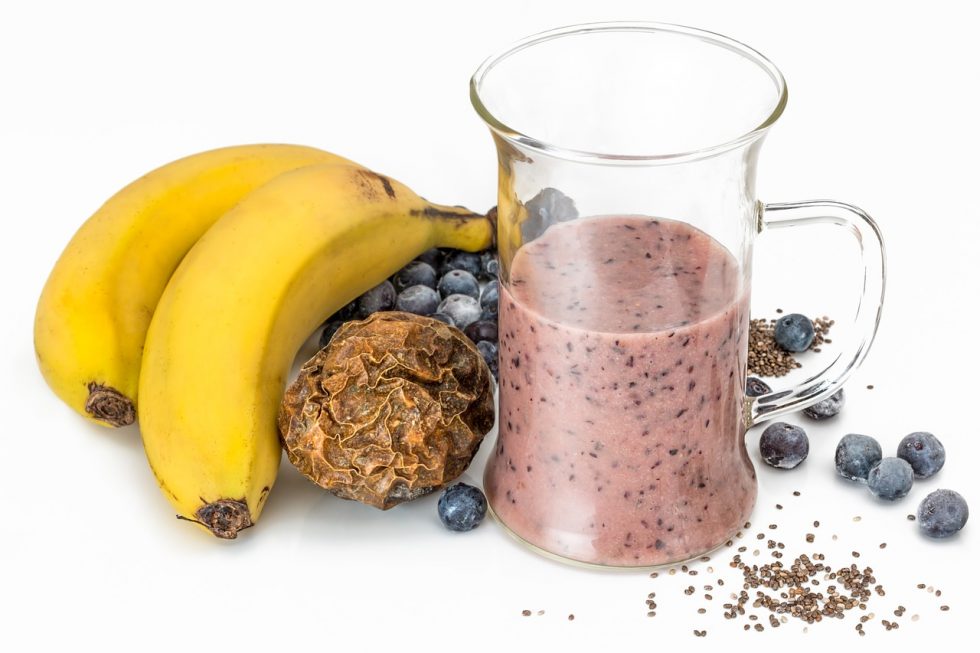
Related: Top 10 Best Pre-workout Supplements for 2019
During cycling
When it comes to carbohydrates and snacking during riding, it’s important to keep up your glycogen levels to maintain blood glucose so that your muscles have enough energy while you work.
Consider purchasing training pouches so that you can comfortably carry snacks and drinks while you’re out so that you can provide yourself with around 30-60g of carbohydrates per hour.
You can buy specialised foods for cycling that will provide you with at least 30g of carbohydrates. These can range from isotonic energy drinks, through to jellied sweets and energy gels.
More commercially, bananas and low fibre cereal bars will also do the job.
It’s worth noting that if you want to get the best out of your ride, that you shouldn’t rely on hunger to top yourself up.
Practice refuelling with snacks during your ride and find a system suits you.
- Read: Cycling & Weight Loss
After cycling
Once that you get home, your body needs to start its all-important repair process, which is why it is best to start eating within an hour if possible.
Try and cook up a dish that includes both carbohydrates and protein, which will help promote the growth and repair of muscles.
As you might know, if you lift weights, hard and intensive training breaks down muscle tissue, but proteins provide the building blocks for new muscle, which will return both stronger and larger than before.
Ensuring that you have enough protein after a ride (around 20g), will also help reduce muscle soreness in the following days.
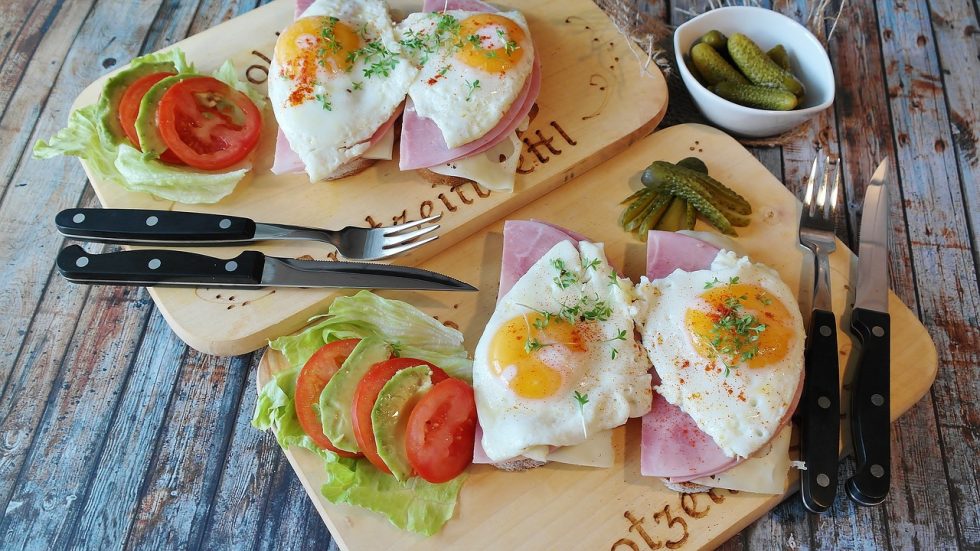
Best carbs for energy
We all know that carbohydrates tend to get a bad press in the media, but the truth is that there are good carbs and bad carbs, so choosing the right type for cycling is important.
Depending on the type of carbs that you’re consuming, energy levels will vary, so it’s important to control the rate at which your energy is being produced.
Energy-containing foods are classified by their position on the glycemic index (GI).
This is an important rating of foods and each is rated on its ability to affect glucose levels in the body over a period of two hours.
The higher the GI, the quicker that the glucose levels will rise, and the best foods that do this will have a score of over 70. Foods that tend to drip feed glucose into the bloodstream will have a GI rating of around 55.
Foods such as brown bread and pasta have low GI ratings, which means that they are best eaten well before a race, as they won’t provide enough energy for when you need it the most.
This is why it is advised that you eat foods with low GI ratings at least two to three hours before setting out.
As you can imagine, isotonic energy drinks contain lots of carbohydrates, which are quick to digest, so that they pass quickly through the digestive tract and into the bloodstream.
- Read: cycling and metabolism
Keeping hydrated
As well as keeping your energy levels stocked, it is just as important to ensure that your body is fully hydrated both before and during a ride.
In fact, even small amounts of dehydration have been found to affect performance.
For instance, a 2% drop in body weight from sweating can impair performance, and at 5%, heat exhaustion becomes a serious issue and the body’s capacity to work can drop by 30%.
When you get to a 10% loss, you risk circulatory collapse, heat stroke, and death.
Before a ride, ensure to keep hydrated both on the day and during the day before, monitoring the colour of urine to gauge hydration levels.
At the same time, try not to drink excessively, or you’ll risk the need to stop fairly early during your ride.
Remember to take sips of water or an isotonic energy drink at least every 15-20 minutes while you ride, and remember to stock an all-important recovery drink for the end.
If you plan on riding for only around 60 minutes, water will serve you well, but for longer rides, electrolytes and carbohydrates should be consumed throughout, especially if you are riding during the summer or on hilly terrain.
- Read: Common Cycling Pains


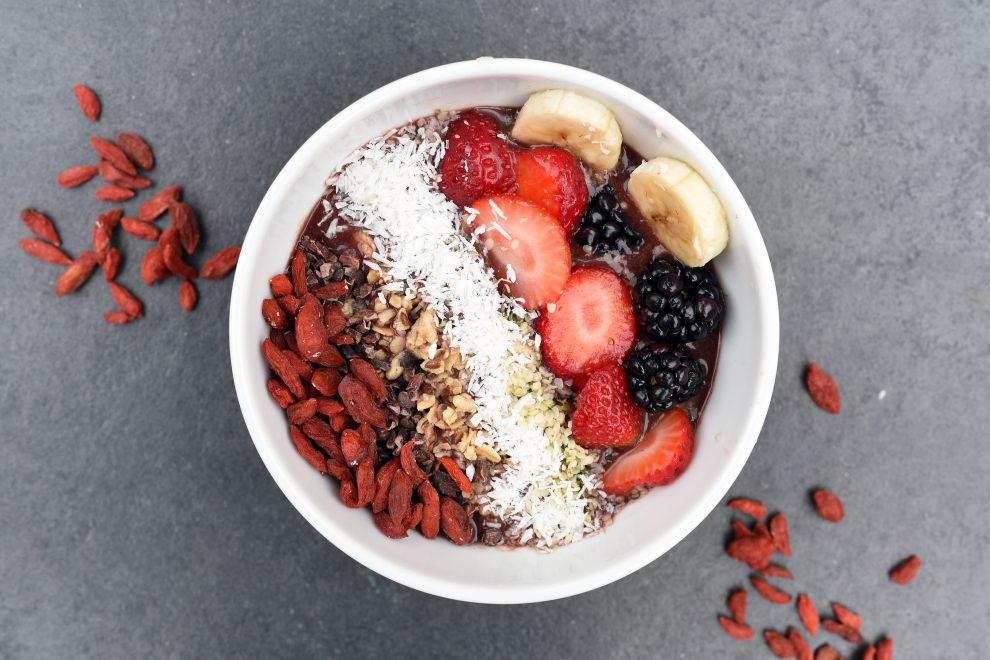
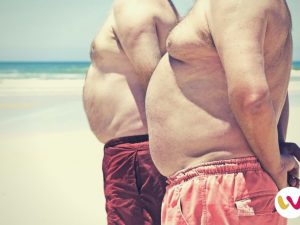
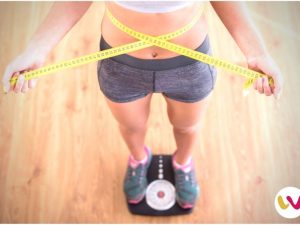
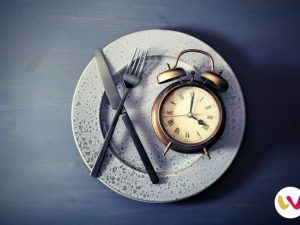
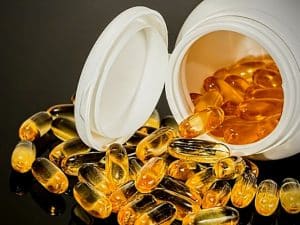
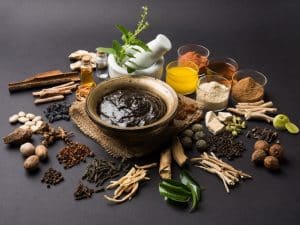

Add Comment